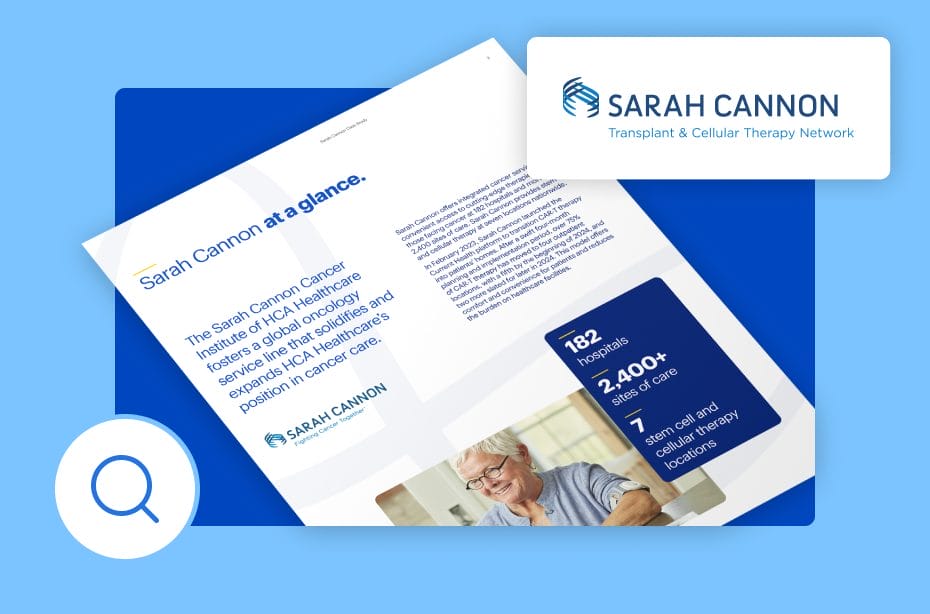Clinical Research Study Aims to Improve Obstetric Outcomes in Uganda
In January 2020, Massachusetts General Hospital’s Center for Global Health kicked off a study in partnership with the Mbarara Hospital in the western region of Uganda to investigate how remote monitoring after cesarean could help reduce maternal morbidity and mortality. With the research data nearly ready, we had the pleasure of speaking with Dr. Anton Muganzi, Lead Study Coordinator, and Dr. Joseph Ngonzi, local Principal Investigator, to learn more about the project and the opportunity to improve outcomes and patient experience. See the full study protocol here.
Why were you interested in evaluating remote monitoring at Mbarara Hospital?
Dr. Joseph Ngonzi: Women in sub-Saharan Africa have the highest rates of morbidity and mortality during childbirth globally. Evidence points to delays in the detection of complications following childbirth as one of the main causes for these poor clinical outcomes.
Severe healthcare staff shortages, ubiquitous across Uganda, makes regular monitoring of postpartum women very challenging. For example, at Mbarara Hospital, the clinician-to-patient ratio can vary from 1:8 during the day to 1:14 at night and the nurse/midwife-to-patient ratio from 1:25 during the day to 1:50 at night.
As a result, health complications in new mothers can be detected too late. For this reason, we are evaluating the clinical effectiveness of Current Health for immediate postpartum monitoring. We are focusing the study on cesareans as rates of morbidity and mortality are greater compared to vaginal births and elective cesareans.
What did post-cesarean care look like before Current Health?
JN: Following surgery, the mother is transferred to the postnatal unit. Ideally, after delivery she will have her vitals measured every 15 minutes for the first 2 hours. Unfortunately, this rarely happens due to the high volume of mothers (up to 60 per day) receiving care within this ward.
Further, because of limited space within the unit, mothers can be transferred to the antenatal clinic or the post surgical recovery room following delivery. Having mothers interspersed throughout the hospital like this exacerbates the challenge of measuring a mother’s vitals frequently. Current Health has helped bridge this gap.
What steps did you need to take to implement the new system?
Dr. Anton Muganzi: The study has acted as a catalyst for us to widen our IT infrastructure as before we only had WiFi in a few areas within the hospital. Additionally, as mothers who have had caesarean sections are spread across various locations, we had to ensure WiFi coverage spanned a distance of almost 0.3km to guarantee successful transmission of vital sign data from Current Health’s device to the clinical dashboard.
Once the network was established, a computer monitor was set up at the nurses’ station within the postnatal ward where vitals for all mothers could be visualized in one centralised view. On-duty midwives could also access this information as well as alerts to health complications via Current Health’s application installed on a smartphone.
After just four weeks, we had implemented the necessary infrastructure, completed testing and provided end-user training to all clinical staff, ready for the study to commence.
What impact has the wireless monitoring made so far?
AM: The impact of the Current Health is being measured in a formal randomized controlled trial of over 1400 patients. We hope to publish the results very soon.
However, clinicians are very encouraged by the technology as is the first opportunity to systematically monitor mothers across the hospital grounds. The increased WiFi availability has also provided clinical staff access to online resources and study materials while at work.
Mothers who have been monitored so far have also given positive feedback for the technology. Compared with traditional medical equipment, the wireless device allows mothers to be free to move, and to bond with their newborn. Continuous and automated vital sign capture is also very reassuring to mothers following surgery.
How could this protocol benefit other patients in Mbarara Hospital?
JN: Remote monitoring would be helpful when managing high-risk patients in medical or surgical wards where frequent vital sign recording is not possible due to limited resources. As an example, Mbarara Hospital does not have a dedicated post-anesthesia care unit (PACU), therefore remote monitoring would be an effective tool for treating post-surgical patients.


